Stirling Cryogenerators have been widely used since the 1960’s for the production of LH2 at various institutes and research laboratories all over the world.
For liquefaction of hydrogen, the two-stage Stirling Cryogenerator is used to reach a temperature of 20 K. This Cryogenerator is available as 1-cylinder machine for liquefaction of 5 kg/day and as 4-cylinder machine for 30 kg/day.
With the recently accelerated interest in a carbon free society, hydrogen gas and liquid have taken a new focus. Based on the two-stage Cryogenerators, Stirling Cryogenics has designed a range of hydrogen liquefiers ranging from a small laboratory scale unit producing 5 up to 2.000 kg/day in a containerized package. These systems require only H2 gas and electric power as input, producing converted para LH2 into a transfer vessel.
A Stirling Cryogenics LH2 system will include all necessary internal piping, instrumentation, a transfer vessel and system control.
All systems are built according ATEX or other relevant coding.
Optionally, catalytic ortho-para conversion, containerization and GH2 inlet gas purification can be offered.
Alternatively, Stirling Cryogenerators can be supplied as modules to a system integrator building the total system.
Besides the production of LH2 from gas production, the two-stage Stirling Cryogenerator can also be used as a re-liquefier for boil-off gas coming from a storage tank, preventing the blow-off of cold GH2. This can be achieved either by re-liquefaction of the cold gas in the Cryogenerator, or by a cold He loop transporting cooling power from the Cryogenerator into the storage tank.
Using multiple liquefiers in one system offers the advantage of redundancy. The design concept of the larger Stirling systems is that all Cryogenerators will run independently from each other. Should one of the Cryogenerators be off-line, the liquefaction capacity of the other machines remains available.
Address
Science Park Eindhoven 5003Son
Noord Brabant
5692 EB
Netherlands

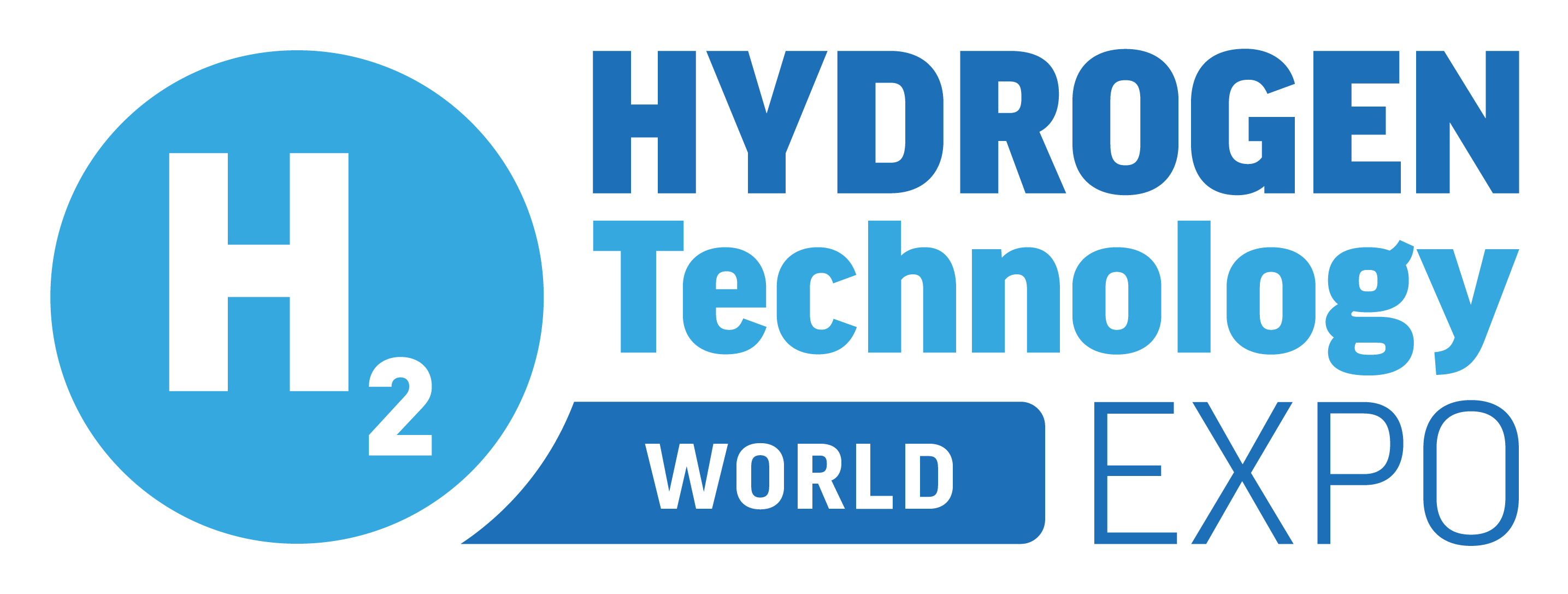

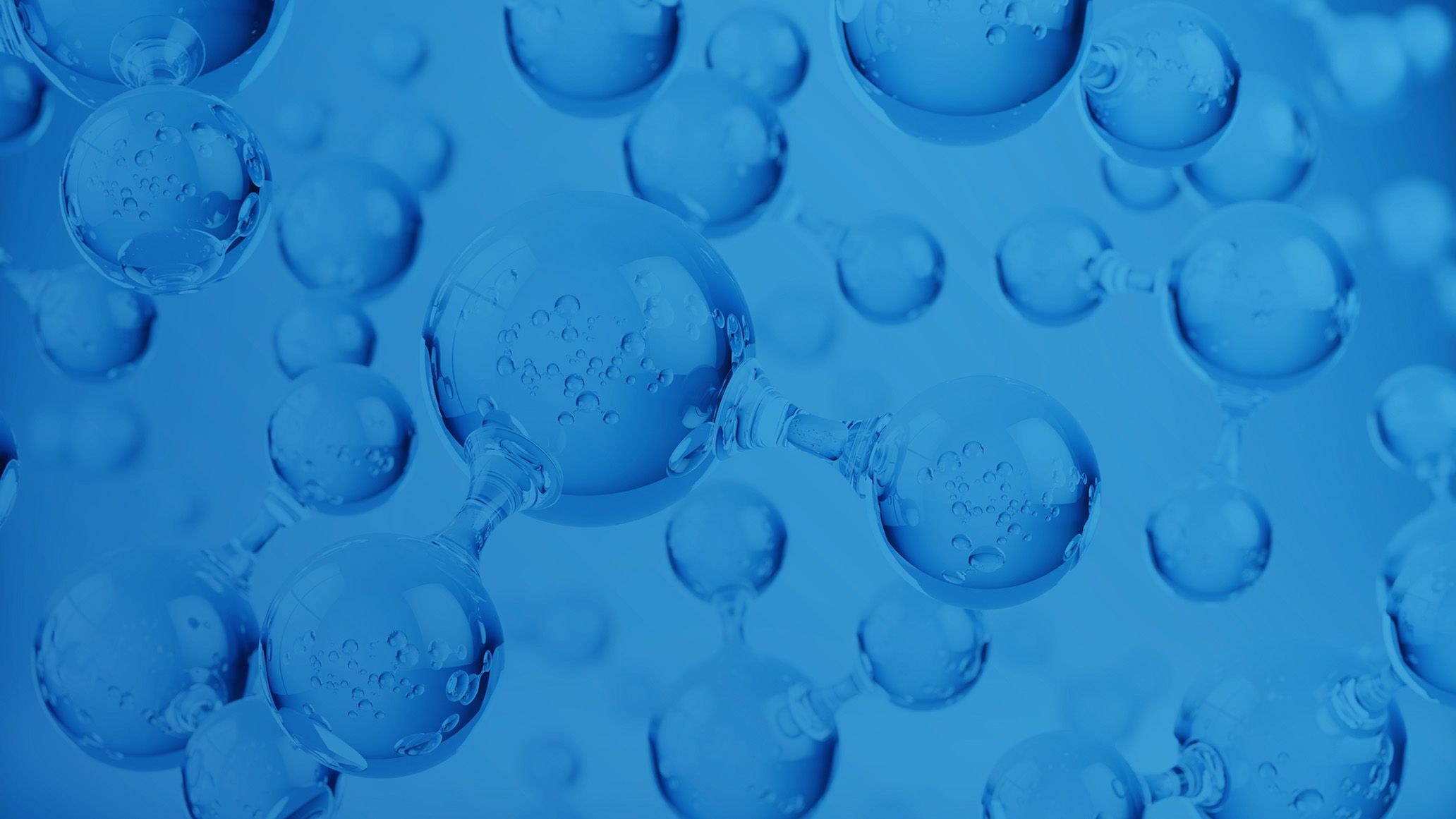
)
)
)
)
)
)
)
)
)
)
)
)
)
)
)
)
)
)
)
)
)
)
)
)
)
)
)
)
)
)
)
)
)
)
)
)
)
)
)
)
)
)
)
)
)
)

)
)
)
)
)
)
)
)
)
)
)
)

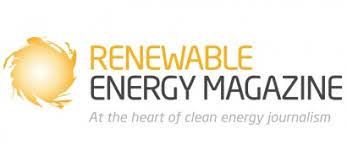
)
)
)
)
)
)
)
)
)
)
)
)

)
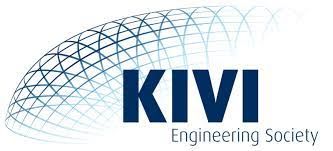
)
)
)

)
)
)
)
)
)
)
)
)

)
)
)
)

)
)
)
)
)
)
)
)
)
)
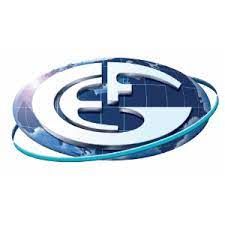
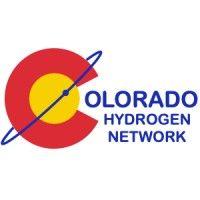
)

